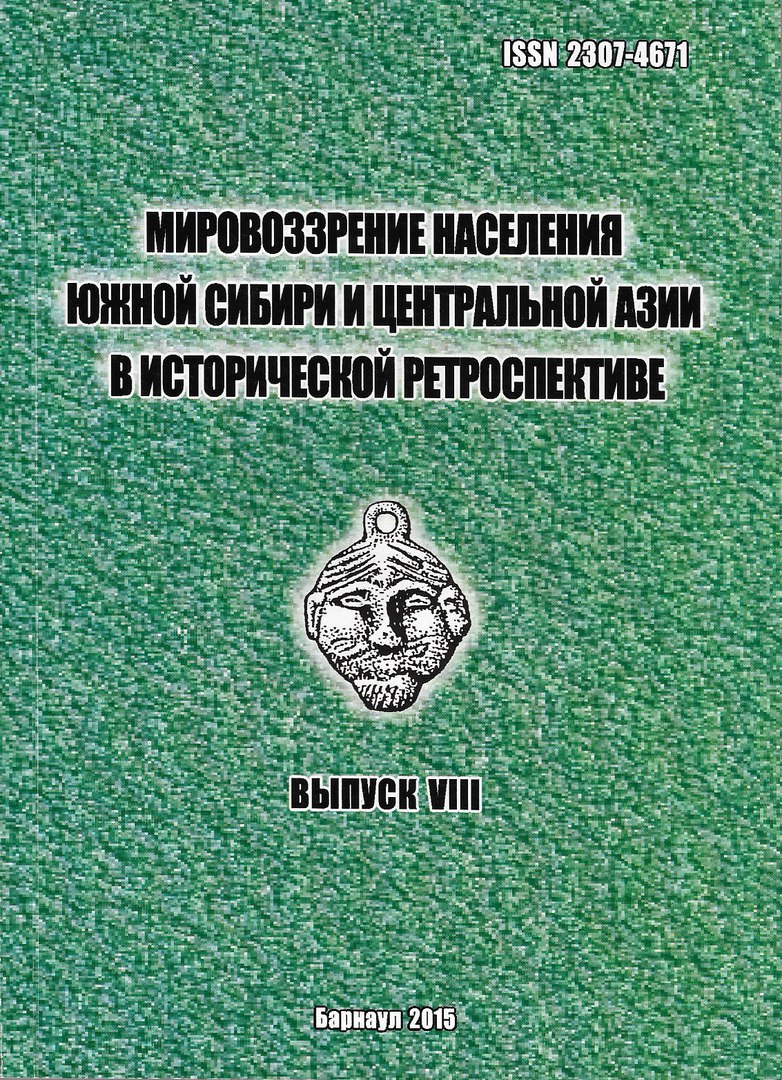Features of registration of religious communities in the Altai territory in the mid-1950s – early 1980s
Main Article Content
Abstract
The article is devoted to the features of registration of religious communi-ties in Altai Krai in the context of state-confessional policy of the USSR in the mid-1950s – early 1980s. On the basis of archival sources and legal documents the complicated order of state registration of religious communities and the opening of religious buildings are showed. The reasons of refusal of registration which were not well-grounded are also examined in pa-per. In addition, the paper presents the role of the commissioners of Council for Religious Affairs, which determined the state-confessional policy in region, including Siberia.
Downloads
Download data is not yet available.
Metrics
Metrics Loading ...
Article Details
How to Cite
Dashkovskiy, P., & Zibert , N. (1). Features of registration of religious communities in the Altai territory in the mid-1950s – early 1980s . NATIONS AND RELIGIONS OF EURASIA, 8(8), 230-241. Retrieved from http://journal.asu.ru/wv/article/view/2278
Section
РАЗДЕЛ III ПОЛОЖЕНИЕ РЕЛИГИОЗНЫХ ОБЩИН И ГОСУДАРСТВЕННО-КОНФЕССИОНАЛЬНЫЕ ОТНОШЕНИЯ В РОССИИ И СТРАНАХ ЦЕНТРАЛЬНОЙ АЗИИ
References
1. Сосковец Л.И. Практика уголовного и административного преследования верующих в Западной Сибири в 1960-е гг.//Гуманитарные науки в Сибири. 2003. №2. С. 36-40
Контекст: ...Так, вопреки запрету они регулярно устраивали шествия по центру Барнаула в 1962, 1965 и 1966 гг. (Сосковец Л.И., 2003).
2. Фаст А.А. Советское государство, религия и церковь. Барнаул, 2009. 704 с
Контекст: ...Деятельность незарегистрированных организаций расценивалась как нарушение советского законодательства о религиозных культах (Фаст А.А., 2009).
Контекст: ...Так, вопреки запрету они регулярно устраивали шествия по центру Барнаула в 1962, 1965 и 1966 гг. (Сосковец Л.И., 2003).
2. Фаст А.А. Советское государство, религия и церковь. Барнаул, 2009. 704 с
Контекст: ...Деятельность незарегистрированных организаций расценивалась как нарушение советского законодательства о религиозных культах (Фаст А.А., 2009).

